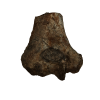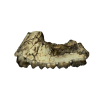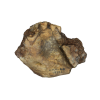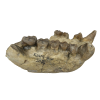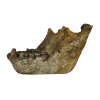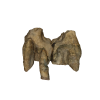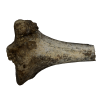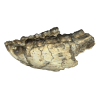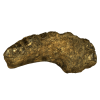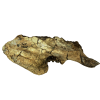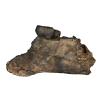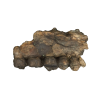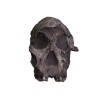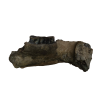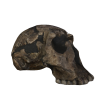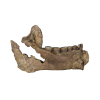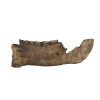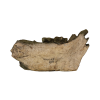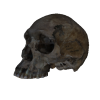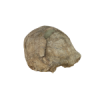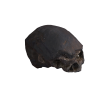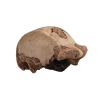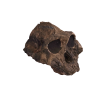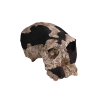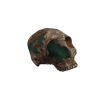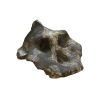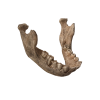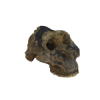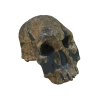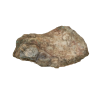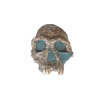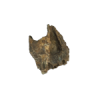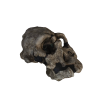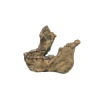This hominid specimen includes the remains of the skull, mandible and the palate, but is missing the brow ridges and top of the face. It was discovered by Paul Abel in 1973, on the Karari Ridge at east Turkana. It was lying just above the KBS tuff. The skull was preserved in a hard calcrete horizon and was therefore very difficult to extract. It has a small sagittal crest running along the top of the skull suggesting that this was a male individiual. The teeth are quite splayed out as the bone is distorted, but their relatively small size suggest that this specimen might belong to the group of hominins that have been referred to as Homo habilis which include the female skull KNMER 1813. No one has agreed precisely on its taxonomic placement and it remains a somewhat controversial specimen.
|
Homo habilis
Homo cf. habilis Age approx. 1.85 Million Years
Digital Capture: Photogrammetry 0 Comments Order: Primates Family: Hominidae Genus: Homo Species: cf. habilis Element: Cranium and Mandible with Dentition Locality: Area 130, East Turkana Year of Discovery: 1973 Other Fossils to View |



